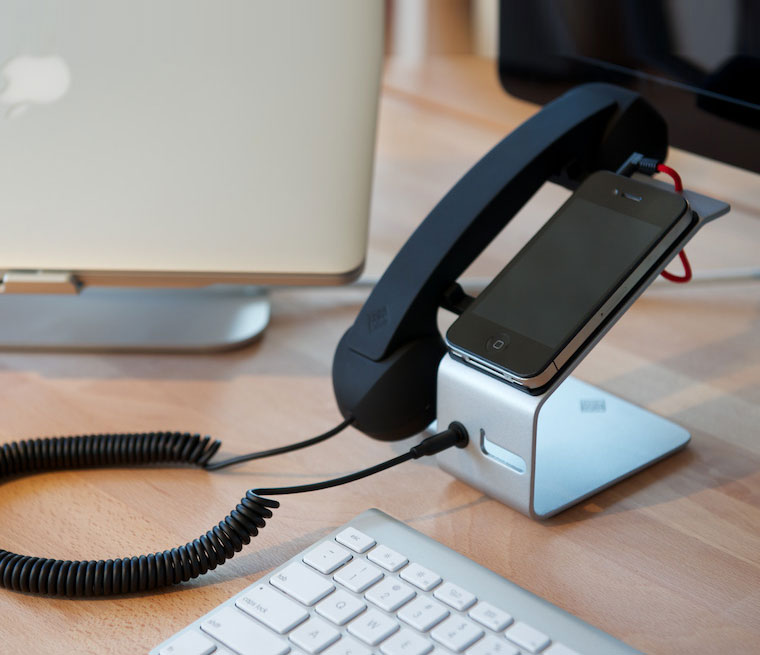Table of Content
If not, turn on Storage in the settings section on your phone. Check back if your phone’s SD card has been displayed on your TV screen. By clicking on the SD card, it takes you straight to your phone’s storage.
But, where the Anycast may come off as a kind of knock-off or off-brand Chromecast, it actually starts to reveal its secrets. Where the Chromecast is optimized for everything–specializing in allowing you to get anything from one screen to the other, Anycast focuses on the phone first. This can be critical if you’re trying to run the whole system from your smartphone or tablet. On your laptop or desktop computer, you can typically stream your entire browser tab to the Chromecast, but this can’t be done from your phone. Not a huge limitation, but if you’re picturing this niche Chromecast functionality, be aware that running the system from your phone may not have it.
Ways To Connect A Phone To A Projector
In a past life, he was a UK college lecturer, training teens and adults. Since leaving the classroom, he's been a tech writer, writing how-to articles and tutorials for MakeUseOf, MakeTechEasier, and Cloudwards.net. He has a degree in History and a postgraduate qualification in Computing.
To connect your Android phone to your computer that has Windows, first plug your phone into your computer with a USB cable. When your Android is plugged in, swipe down from the top of your phone's screen to open the notification panel. From this menu, tap the USB option and then select “File transfer,” “Media transfer,” or “MTP,” depending on the wording on your device. Once the drivers have been installed, open your Computer/This PC folder on our computer and double-click on the Android device to view all of its files.
Directly Connect a Smartphone or Tablet to a Projector
Some projectors support HDMI, but you’ll need to look specifically for an HDMI port with an MHL labelon your projector. With the right cable, you can connect your Android device to a projector that directly uses an HDMI cable. Another supported standard is MHL, which also connects via HDMI ports. Once you’re connected, your screen should begin streaming to your projector through your Chromecast. The easiest method to connect an Android device to a projector is to use Google Chromecast. To do this, your projector must support HDMI connections.

The simplest way to control your home theater from your mobile device is to use infrared. While these apps are worth trying out, a better bet is to download a third-party universal remote app such as IR Universal Remote or Galaxy Universal Remote. These apps support thousands of component manufacturers and models, many of which your device’s native remote control app probably doesn’t. Then, in addition to that, you just need a VGA to VGA cable, which you will most probably have. The only thing you have to do then is to connect the adapter and cable to your smartphone and projector.
Check the projector’s compatibility
All you need to do is purchase a USB-C to USB-C cable and slot it into your phone and then projector, and you will be prompted straight away with screen mirroring options. The easiest way for you to connect to anything in today’s digital world is now typically via a wireless connection. This removes the need for tiresome cables that most individuals would choose to avoid if they have to option to. In case your electronic devices are not of the same brand, you can still connect your phone to the home theater system via USB. However, this time around, you will need to introduce a laptop and an HDMI cable to your list of requirements.

We conclude that there are many ways that you are able to connect your smartphone, whether it be Android or an Apple iPhone, to a projector. Some projectors support wireless screening capabilities and have many different inputs for additional devices. But i am connected to tv from android box for picture.
Chromecast adapter
If the notification isn't visible, swipe down from the top of the home screen to view your notifications—you'll see it there. The quality of the hardware and software meets Apple’s standard of polish and general non-bugginess. That said, you certainly pay a premium for this option when compared to the others listed here. There are two ways to connect both wireless and with wire. If that’s the case, use a Chromecast, wired connection, or attempt to use Wi-Fi Direct.

Scroll the options and tap on the “Mirror Device” option. Since you have got the Chromecast, do not waste any more time and plug the Chromecast into the projector’s HDMI port. Turn on the projector by plugging in the power cord in a power source, turn on WIFI on your phone.
If you don’t want the expense and hassle of adding hardware, you can rely solely on apps to get the job done. The downside is you’ll probably have to download a separate remote-control app for each component in your home theater system. A far more elegant solution is to use your iPhone, iPad, or Android phone or tablet as a universal remote.

Ive done it before with my laptop having it run from my headphone jack lol. "Check the back of the rca home theater system for speaker cable connections..." It is crucial to keep in mind that Apple may not help or fix any problem you may have if you purchase third-party products such as cables or adapter that are not made by Apple. It works on the same premise of Wi-Fi Direct, Miracast, and Chromecast in that once it is enabled, it will search for nearby screen mirroring devices or Chromecast devices.

No comments:
Post a Comment